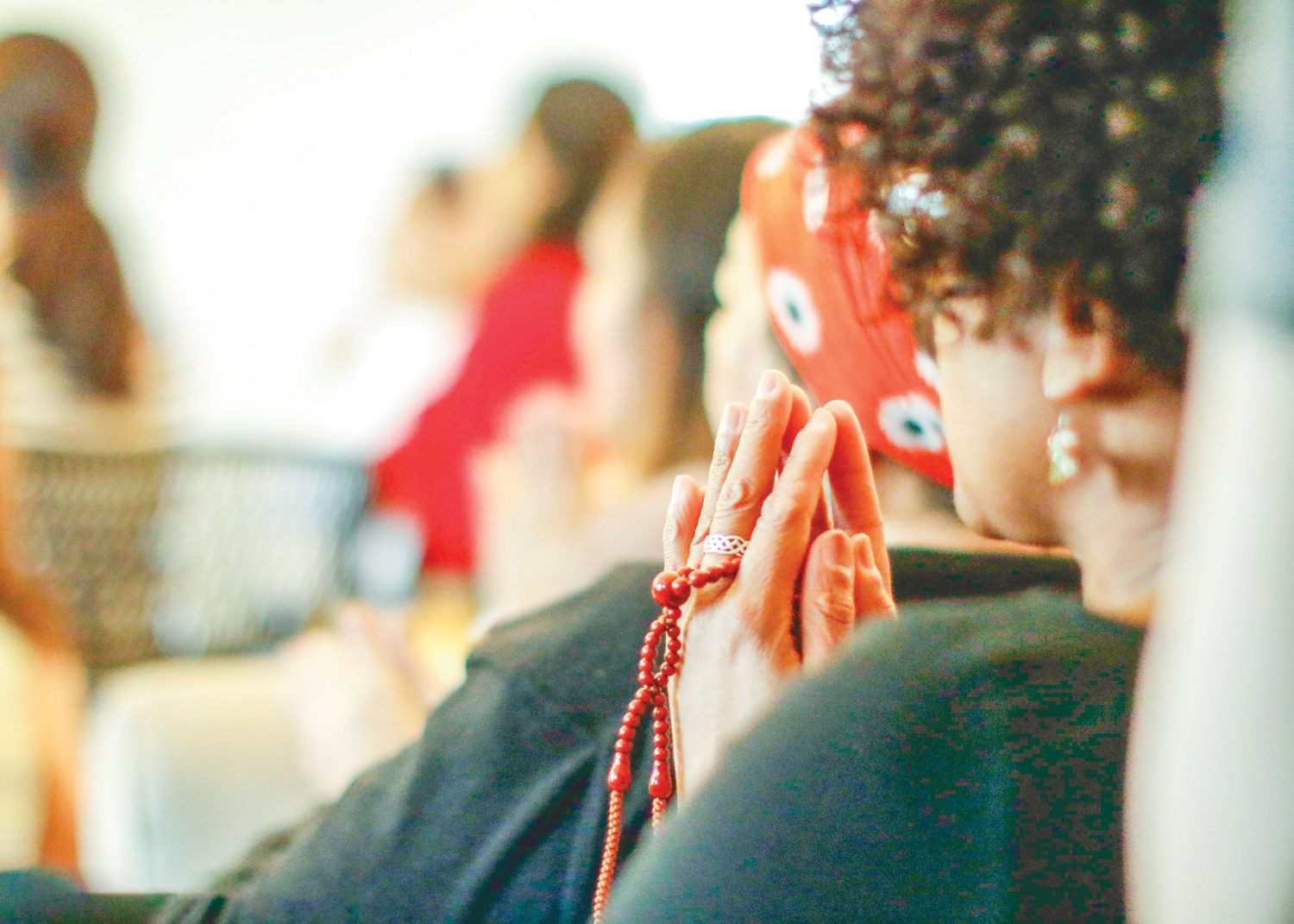What is the essential purpose of Nichiren Buddhism? It is fundamentally to relieve people’s suffering through carrying out the process of human revolution.
To fulfill this purpose, Nichiren Daishonin established his teaching at Seicho-ji temple in Japan’s Awa Province on April 28, 1253. He was 32 years old. On that day, he powerfully declared that chanting Nam-myoho-renge-kyo is the true teaching that would lead to the happiness of all humanity.
That moment was the culmination of Nichiren’s studies of the entire body of Buddhist scripture, which he began at age 12, motivated by a deep sense of gratitude to his parents, who gave him life. He concluded that faith in the Lotus Sutra—imbued with the spirit of reverence for the sanctity of human life—was the key to transforming an age mired in misery and war.
Nichiren’s persistent resolve to spread this humanistic message brought persecutions from other Buddhist schools and government authorities, leading him to be nearly executed. But his spirit was immovable: “I vowed to summon up a powerful and unconquerable desire for the salvation of all beings and never to falter in my efforts” (“The Opening of the Eyes,” The Writings of Nichiren Daishonin, vol. 1, p. 240).
Over seven centuries later, SGI members are carrying on this same, courageous vow to spread Nichiren Buddhism for the peace of the land.
“Prayer to the Gohonzon, chanting Nam-myoho-renge-kyo, is not abstract or theoretical,” SGI President Ikeda says. “It is a burning inner flame to be victorious. If that flame of resolve blazes in our heart, the instant we chant, we have already won. It is, as the Daishonin declares, like ‘a lantern lighting up a place that has been dark for a hundred, a thousand, or ten thousand years’ (“The One Essential Phrase,” WND-1, 923). This is the practice of human revolution that is accessible to all” (May 15, 2009, World Tribune, p. 5).
You are reading {{ meterCount }} of {{ meterMax }} free premium articles

